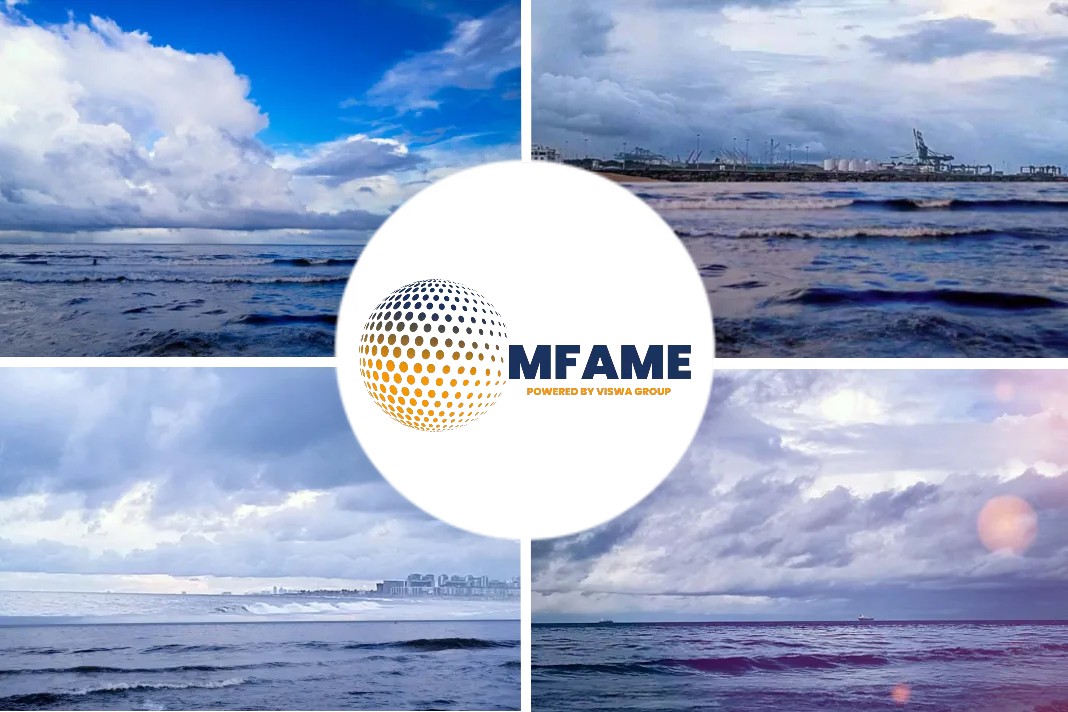- NYK has concluded a long-term consecutive voyage charter (CVC) contract with JFE Steel Corporation for a new large bulk carrier that uses LNG.
- This vessel will be the first LNG-fueled capesize bulk carrier to be built by NYK.
- The ship will be delivered in early 2024 and will be used in the Pacific trade of iron ore and coal for JFE.
According to an article published in Port News, NYK has concluded a long-term consecutive voyage charter (CVC) contract with JFE Steel Corporation for a new large bulk carrier that uses LNG (liquefied natural gas) as its main fuel, according to the company’s release.
LNG Vessel Design
This vessel will be equipped with a state-of-the-art WinGD-made dual-fuel slow-speed diesel engine (i.e., X-DF diesel engine 2.0) and compliant with IMO’s NOx (nitrogen oxide) emission regulations (Tier III).
This ship will emit approximately no sulfur oxides (SOx), 85% less NOx, and 25-30% less carbon dioxide (CO2) compared to conventional heavy oil-fueled vessels. In addition, due to careful consideration of the equipment and arrangement of the LNG fuel tank and LNG fuel supply system, this ship will maintain the loadable quantity and cargo hold capacity of conventional bulk carriers of the same size despite the increased weight of additional equipment.
NYK’s Plans
NYK will prepare the LNG bunkering system by the time the vessel is delivered, anticipating that LNG fuel will be replenished by ship-to-ship bunkering when calling ports in the Chugoku region of Japan.
NYK aims to further advance to zero-emission vessels utilizing marine fuels that have a lower environmental impact, such as hydrogen and ammonia. For the moment, NYK is positioning LNG fuel as a bridge solution until future zero emission ships can be realized.
NYK Group ESG Story
On February 3, NYK released the NYK Group ESG Story, which aims to further integrate ESG into the company’s management strategy and promotes activities that contribute to the achievement of the SDGs (Sustainable Development Goals) through business activities. To strongly promote ESG management, the NYK Group will actively promote the replacement of its bulker fleet to next-generation eco-friendly ships and encourage new value creation as a sustainable solution provider.
MARPOL Convention To Prevent Pollution
The IMO-adopted MARPOL Convention is the main international convention covering the prevention of the pollution of the marine environment by shipping. In line with MARPOL Annex VI (Regulations for the Prevention of Air Pollution from Ships) that came into effect on May 19, 2005, NOx emission controls (tier I controls) for diesel engines installed on vessels were implemented in Japan.
MARPOL Convention Revised Regulations
Later the convention was revised, and a new NOx emission level (tier II controls) came into force on July 1, 2010. The revised regulation is a very strict one that aims to decrease NOx emission levels by a further 20 percent from that of the first regulation. Moreover, a third control was adopted in 2008, targeting vessels to be constructed from 2016 and limited to emission control areas, to seek the reduction of NOx emissions by about 80 percent from that of the first tier.
LNG Bunkering Method
A method of bunkering where an LNG bunkering vessel comes alongside an LNG-fueled vessel to supply LNG. This can be done at various locations, such as along the quay or pier or at anchor.
Did you subscribe to our daily newsletter?
It’s Free! Click here to Subscribe!
Source : Port News























